Building an AI Chatbot from Scratch: Tools, Tech Stack & Best Practices
If you’re considering building one from scratch, whether for your own company or for a client, this guide will walk you through the process step by step. You’ll learn what tools to use, which tech stack works best, and the best practices that ensure your chatbot is successful. And if you’re short on time or expertise, professional AI Chatbot Development Services can help you get started quickly and effectively.
In recent years, AI chatbots have moved from being simple tools to essential business assets. From startups to enterprise-level companies, everyone is turning to chatbots to handle customer queries, automate tasks, improve service quality, and cut down operational costs. When designed properly, chatbots can save time, improve customer satisfaction, and work around the clock without human input.
What Is an AI Chatbot?
At its core, an AI chatbot is a software program that can hold conversations with users in a natural, human-like way. It uses artificial intelligence techniques, especially natural language processing (NLP), to understand what users are saying and to respond appropriately.
Unlike traditional rule-based bots, which follow fixed paths and predefined responses, AI chatbots can learn from experience, improve with usage, and provide smarter responses over time. They can also handle more complex requests and carry on contextual conversations, making them ideal for modern businesses.
In recent years, there’s also been a growing demand for more secure and localized AI solutions. The rise of private AI solutions is becoming a key trend, especially among companies that handle sensitive customer data or operate under strict data compliance laws. Businesses across Australia are now turning to private AI infrastructure and custom-built chatbots that stay within national data boundaries—offering both performance and peace of mind.
Why Build a Chatbot from Scratch?
There are many ready-made chatbot platforms out there, but building your own gives you full control over features, data, design, and integrations. You can develop a chatbot that fits your brand tone, includes custom logic, and integrates deeply with your backend systems.
Here are a few reasons companies choose to build their own:
-
Customization: You decide how your bot talks, behaves, and looks.
-
Data Privacy: Sensitive user data stays within your own environment.
-
Scalability: As your business grows, your chatbot can evolve too.
-
Competitive Edge: A custom chatbot can offer unique features that off-the-shelf tools don’t provide.
For agencies or software providers, offering AI Chatbot Development Services also opens the door to providing bespoke solutions for different industries like healthcare, finance, travel, eCommerce, and more.
Step 1: Define the Chatbot’s Goal
Before you start coding or selecting tools, define exactly what you want your chatbot to do. Clear objectives will help you design a better user experience and avoid wasted effort.
Ask yourself:
-
What problems will the chatbot solve?
-
Who will use it?
-
Which platforms will it be available on (e.g., website, WhatsApp, mobile app)?
-
What languages should it support?
Example goals might include:
-
Answering frequently asked questions
-
Scheduling appointments
-
Assisting with product recommendations
-
Helping users track orders
-
Generating leads
When you’re building chatbots for others as part of AI Chatbot Development Services, this discovery stage is crucial for setting client expectations and defining project scope.
Step 2: Choose the Right Tech Stack
Your chatbot’s tech stack is the set of technologies and tools you’ll use to build it. Choosing the right stack will make development smoother and ensure your bot can scale as needed.
Here’s a beginner-friendly overview:
Programming Languages
-
Python: Great for AI and NLP tasks. Easy to read and has lots of libraries.
-
JavaScript (Node.js): Ideal for building fast web-based backends and integrations.
NLP & AI Frameworks
-
Dialogflow (by Google): Easy to use, works well for voice and text, integrates with many platforms.
-
Rasa (Open Source): Offers full control, best suited for developers who need custom behavior.
-
Microsoft LUIS: Good for enterprise apps, works well with Azure.
-
Wit.ai (by Facebook): Lightweight, ideal for small bots.
Backend Frameworks
-
Flask or Django (Python): For managing server-side logic and user sessions.
-
Express (Node.js): Lightweight and flexible for web APIs.
Database Options
-
MongoDB: NoSQL database, great for storing chatbot sessions and user history.
-
Firebase: Real-time database, works well for simple bots.
-
PostgreSQL/MySQL: Traditional relational databases for structured data.
Hosting & Deployment
-
Heroku: Simple to use for prototypes and small apps.
-
AWS/GCP/Azure: Scalable cloud solutions for production-ready bots.
-
Vercel/Netlify: Good for front-end and serverless backends.
Step 3: Select or Build Your Chat Interface
Decide where your chatbot will live. This might be:
-
On your website via a chat widget
-
Inside a mobile app
-
On messaging platforms like Facebook Messenger, WhatsApp, or Slack
Many tools offer easy integration options. If you’re offering AI Chatbot Development Services, having ready-made modules for different platforms can speed up client delivery and reduce development time.
Step 4: Train Your Bot with Real Conversations
Training is a critical part of AI chatbot development. You’ll need to feed your bot with examples of how users speak, including slang, misspellings, and various sentence structures.
Here’s how to do it right:
-
Collect actual user queries from support tickets, emails, or surveys.
-
Use NLP tools to tag "intents" (user goals) and "entities" (data in the message, like names or dates).
-
Refine responses based on confidence scores, and handle fallback messages when the bot gets confused.
Training isn’t a one-time step. Over time, you’ll gather more user data, allowing you to improve the bot continuously.
Step 5: Add Smart Features
Once the basics are in place, enhance your bot with features like:
-
Context awareness: Remember past user interactions to make conversations feel natural.
-
Personalization: Use names, preferences, and user behavior to tailor responses.
-
Integrations: Connect with CRMs, payment gateways, booking systems, or inventory databases.
-
Multilingual support: Use translation APIs to serve a wider audience.
Many AI Chatbot Development Services providers add value by offering these advanced features as part of premium solutions.
Step 6: Test, Launch, and Improve
Testing is as important as development. Involve real users and simulate different conversation paths.
Check for:
-
Response accuracy
-
Speed and performance
-
Edge cases (e.g., unclear questions, long silences)
-
Error handling and recovery
After launch, continue monitoring usage data. Look for areas where users drop off or ask for a live agent. Use analytics tools like Botpress Analytics, Google Analytics, or custom dashboards to track KPIs like engagement, completion rates, and satisfaction scores.
Even after release, keep improving. A good chatbot learns and evolves over time.
Best Practices for Long-Term Success
-
Keep it friendly: Write messages in a conversational tone. Avoid sounding robotic.
-
Don’t pretend to be human: Be transparent that the user is chatting with a bot.
-
Include handoff options: Always offer a way to speak with a human, especially for complex issues.
-
Use feedback loops: Ask users if the chatbot was helpful and use that feedback to improve.
-
Stay secure: Ensure personal data is encrypted and stored responsibly.
These tips help you create a chatbot people actually enjoy using.
When to Consider AI Chatbot Development Services
While building a chatbot is exciting, it can be time-consuming and technically complex. If you lack experience in programming, machine learning, or UX design, working with a team that specializes in AI Chatbot Development Services might be the better route.
Professional developers can:
-
Shorten development time
-
Ensure your bot meets industry standards
-
Add advanced features like AI-powered recommendations, sentiment analysis, and multilingual support
-
Handle integrations with your existing systems
-
Provide ongoing maintenance and support
Whether you're a small business owner, a marketing agency, or an enterprise organization, outsourcing development to experts can help you avoid common mistakes and deliver a polished chatbot that meets your goals.
Final Thoughts
An AI chatbot is more than a digital assistant—it’s a business tool that can improve efficiency, lower costs, and offer 24/7 support. Building one from scratch gives you the flexibility to create exactly what your users need, and with the right tools and strategies, the process is entirely manageable.
If you’re looking to offer or launch AI Chatbot Development Services, this guide can serve as your foundation. Focus on user needs, build with the right tools, and always aim to improve based on real interactions. In doing so, you’ll build chatbots that not only function—but truly connect.




































































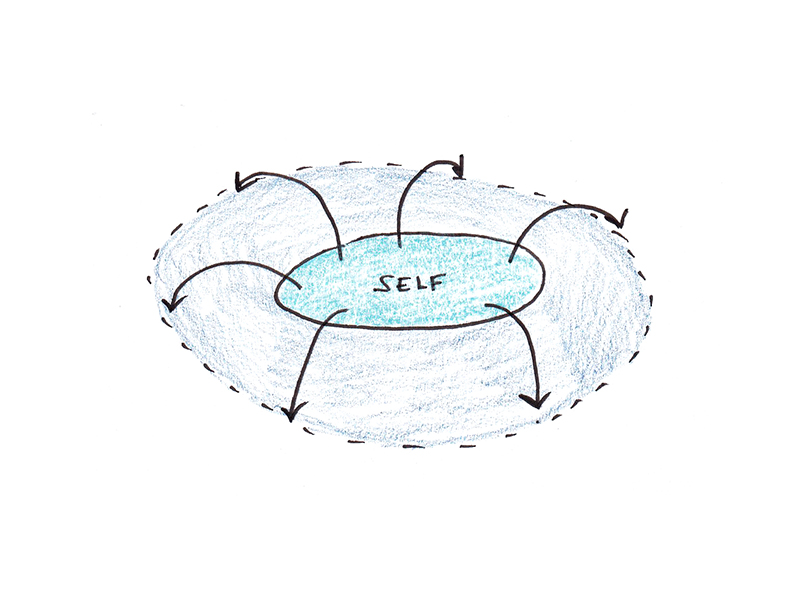

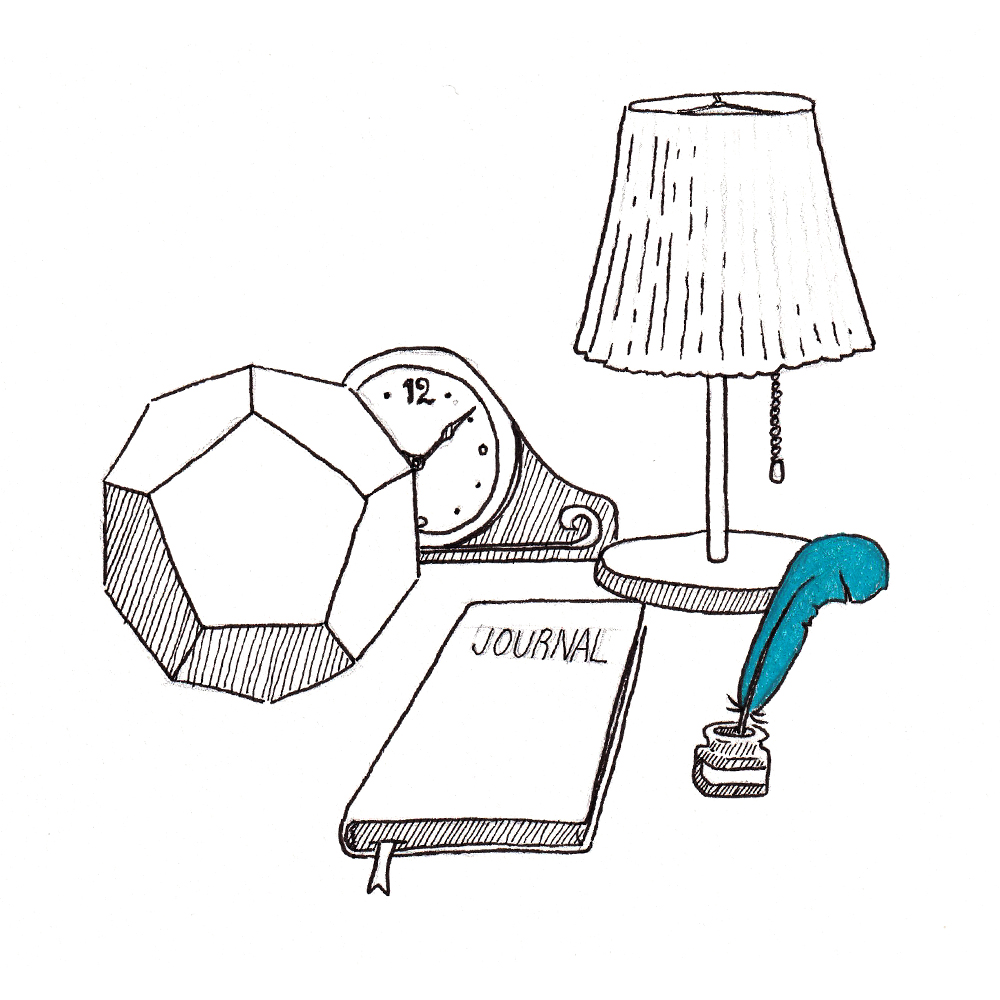



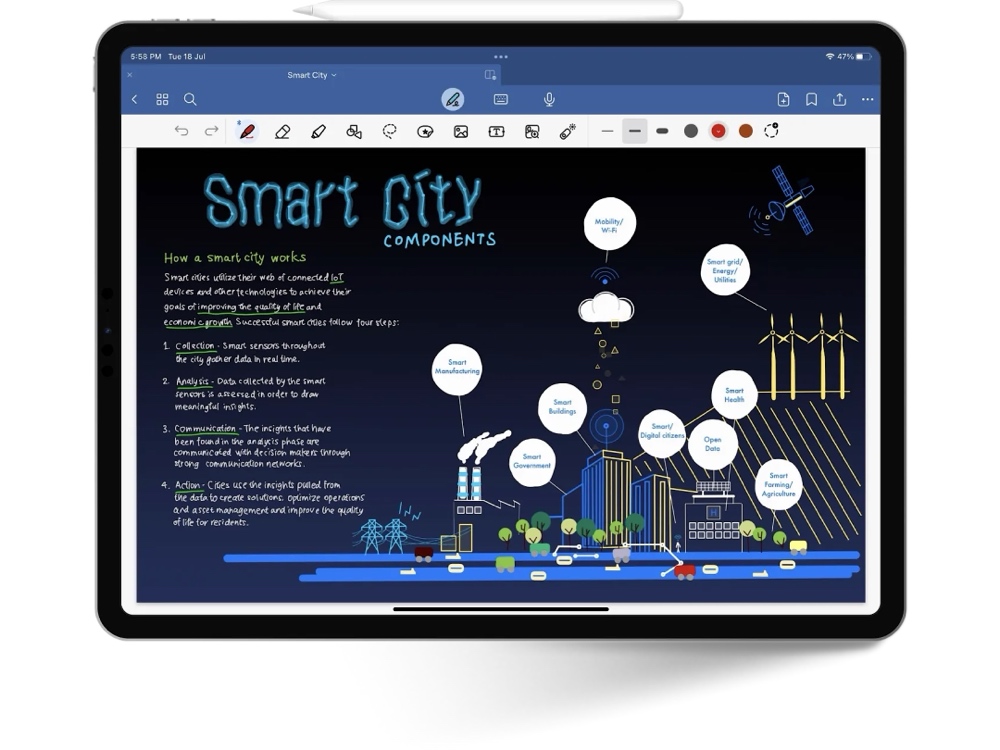

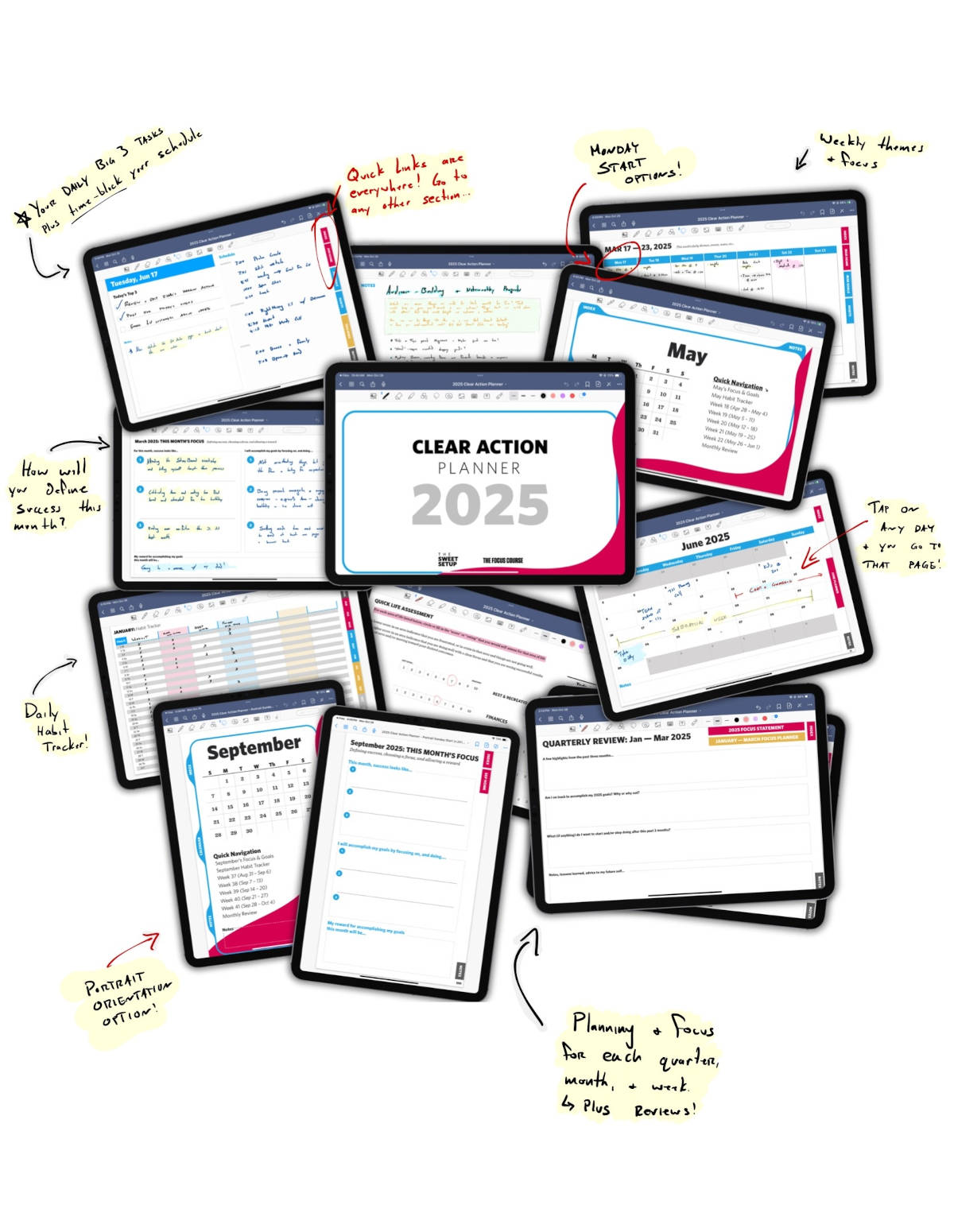
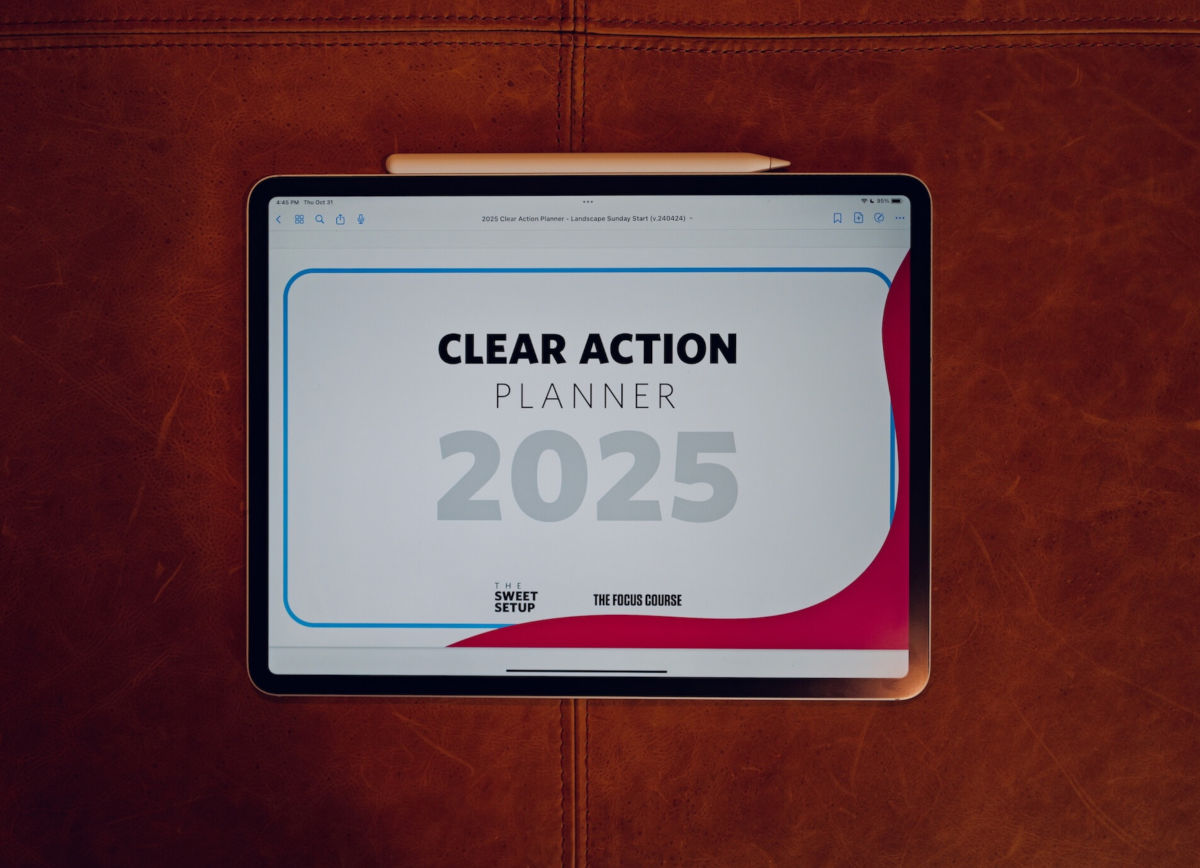

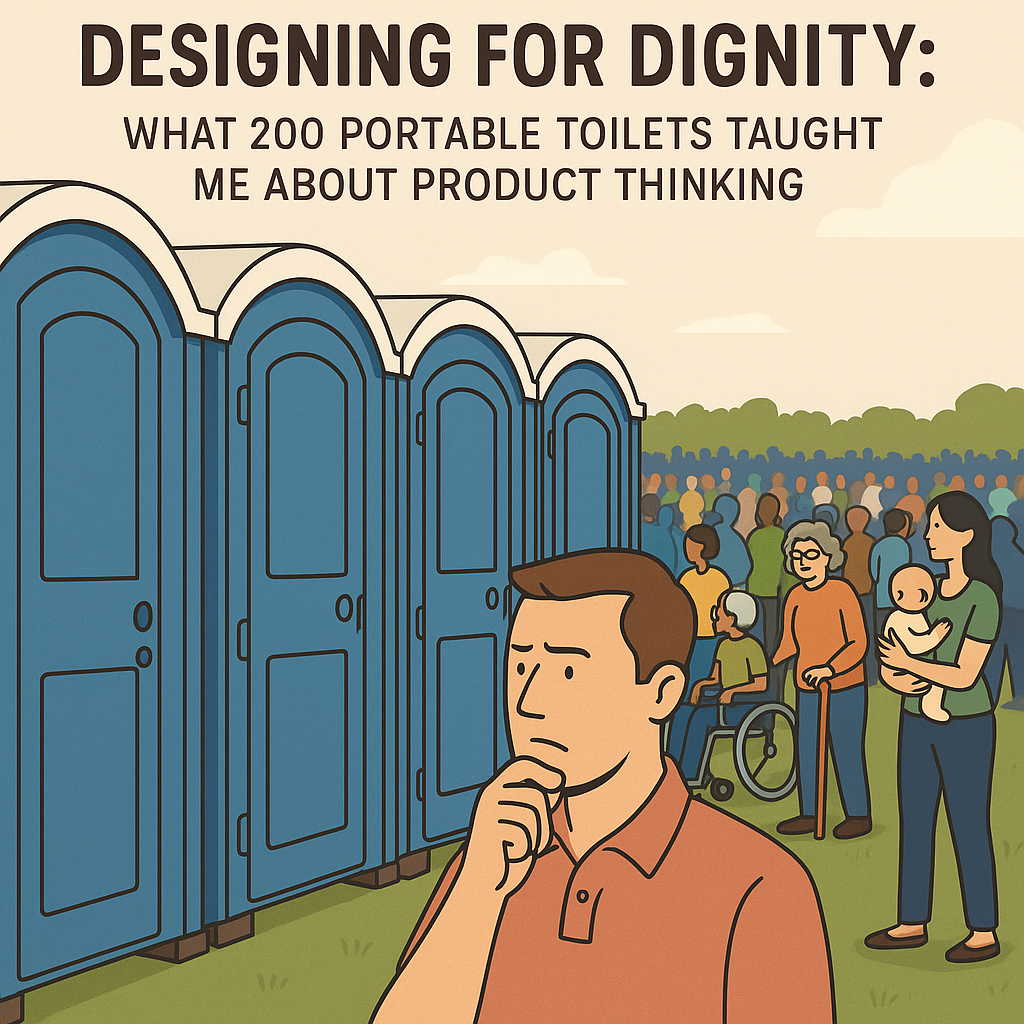

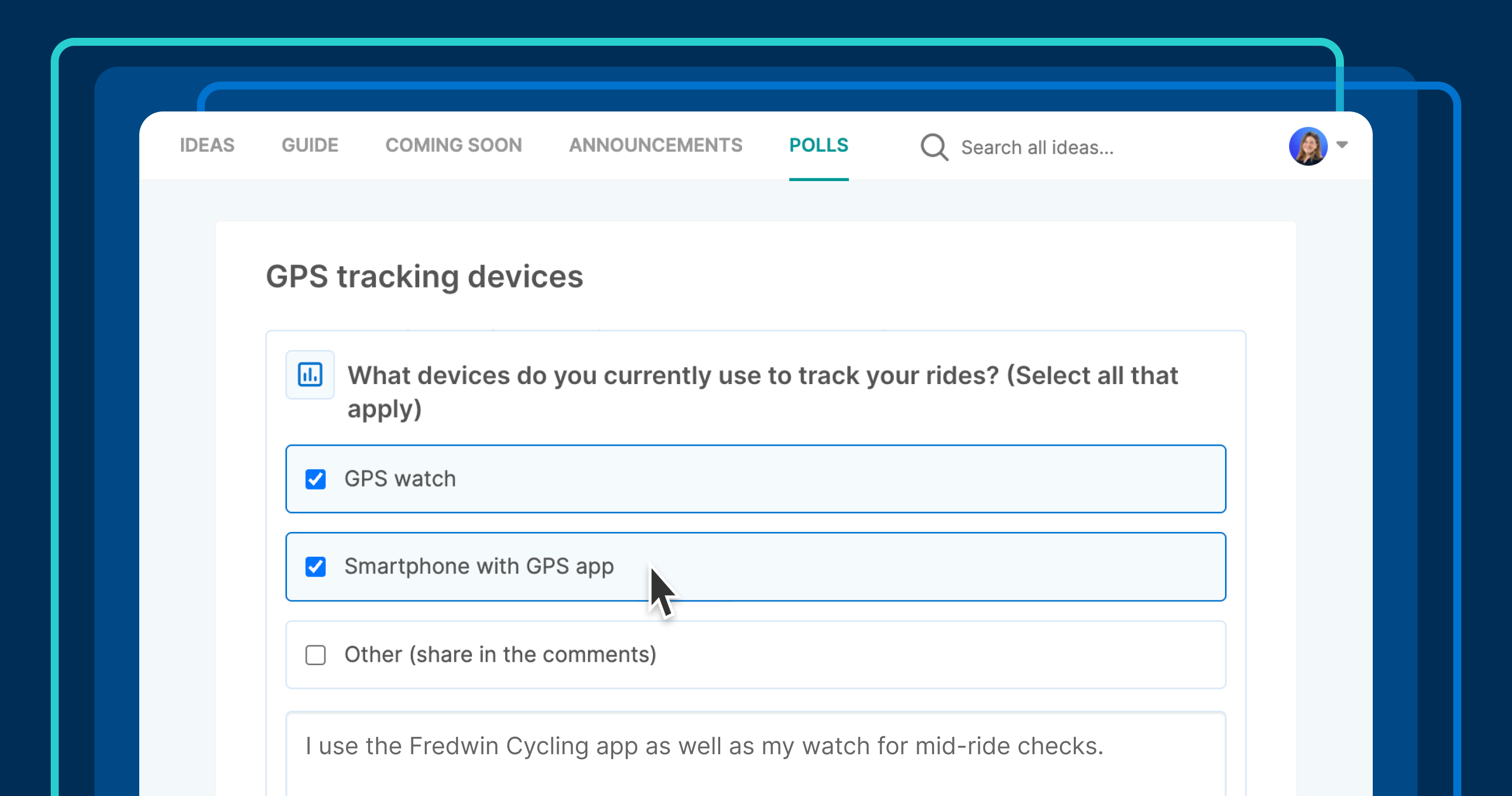








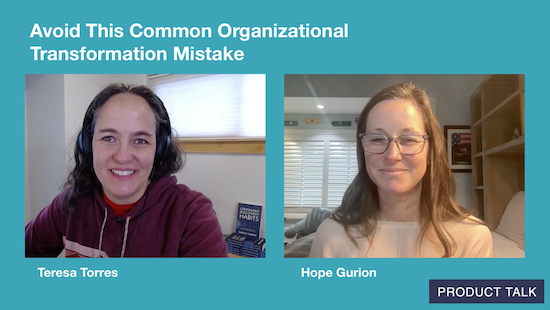
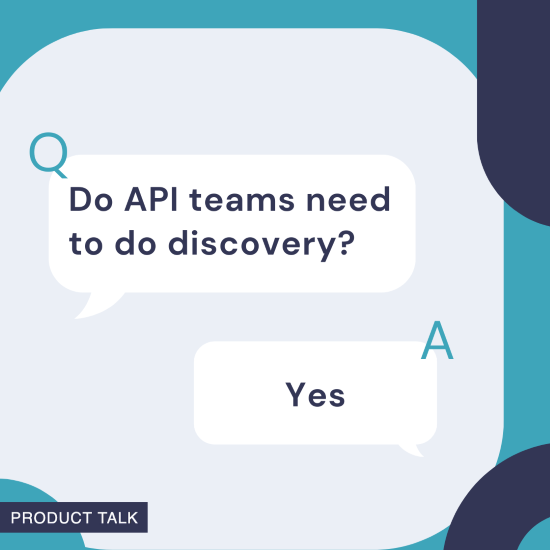









![Building A Digital PR Strategy: 10 Essential Steps for Beginners [With Examples]](https://buzzsumo.com/wp-content/uploads/2023/09/Building-A-Digital-PR-Strategy-10-Essential-Steps-for-Beginners-With-Examples-bblog-masthead.jpg)
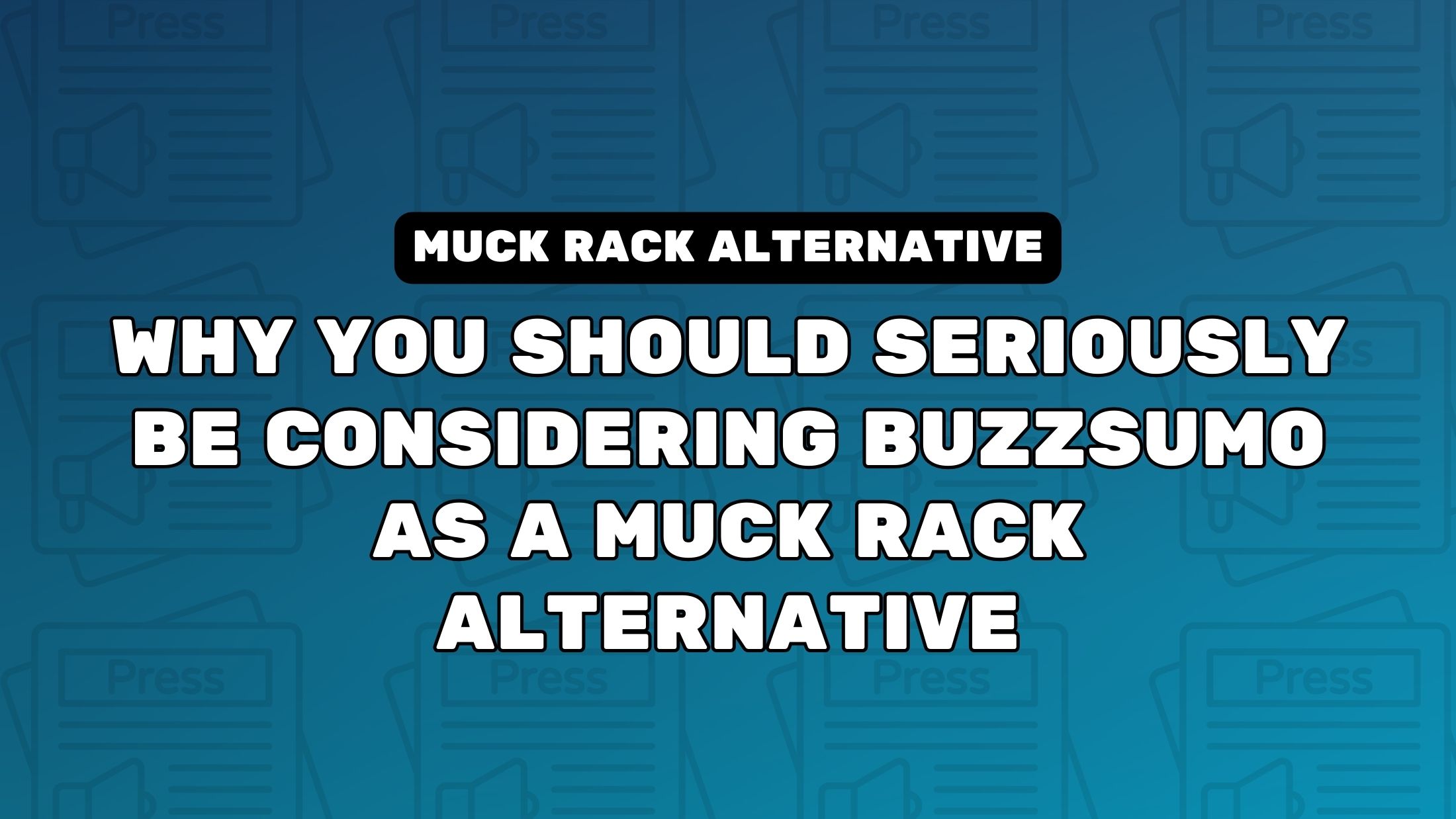
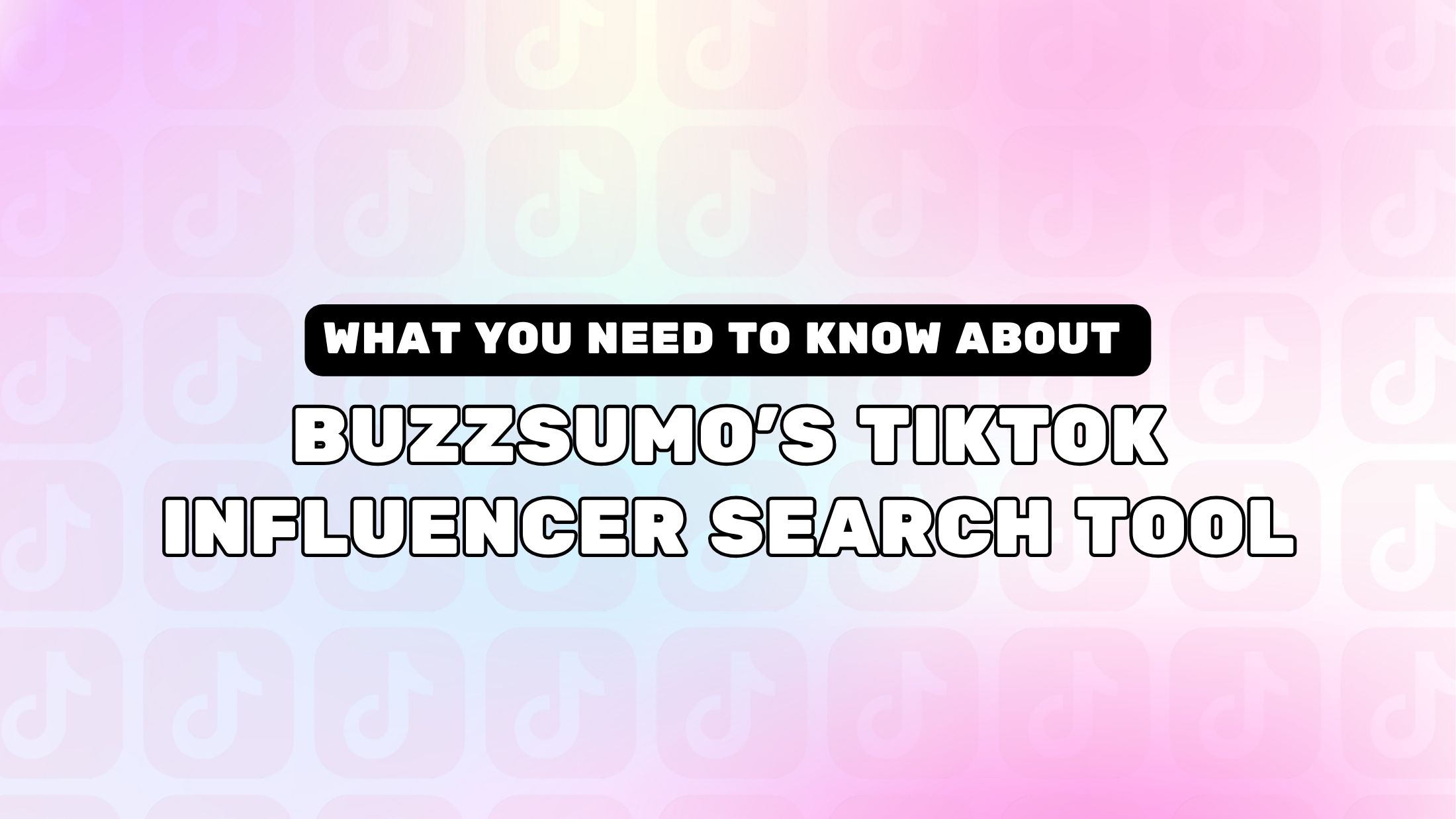
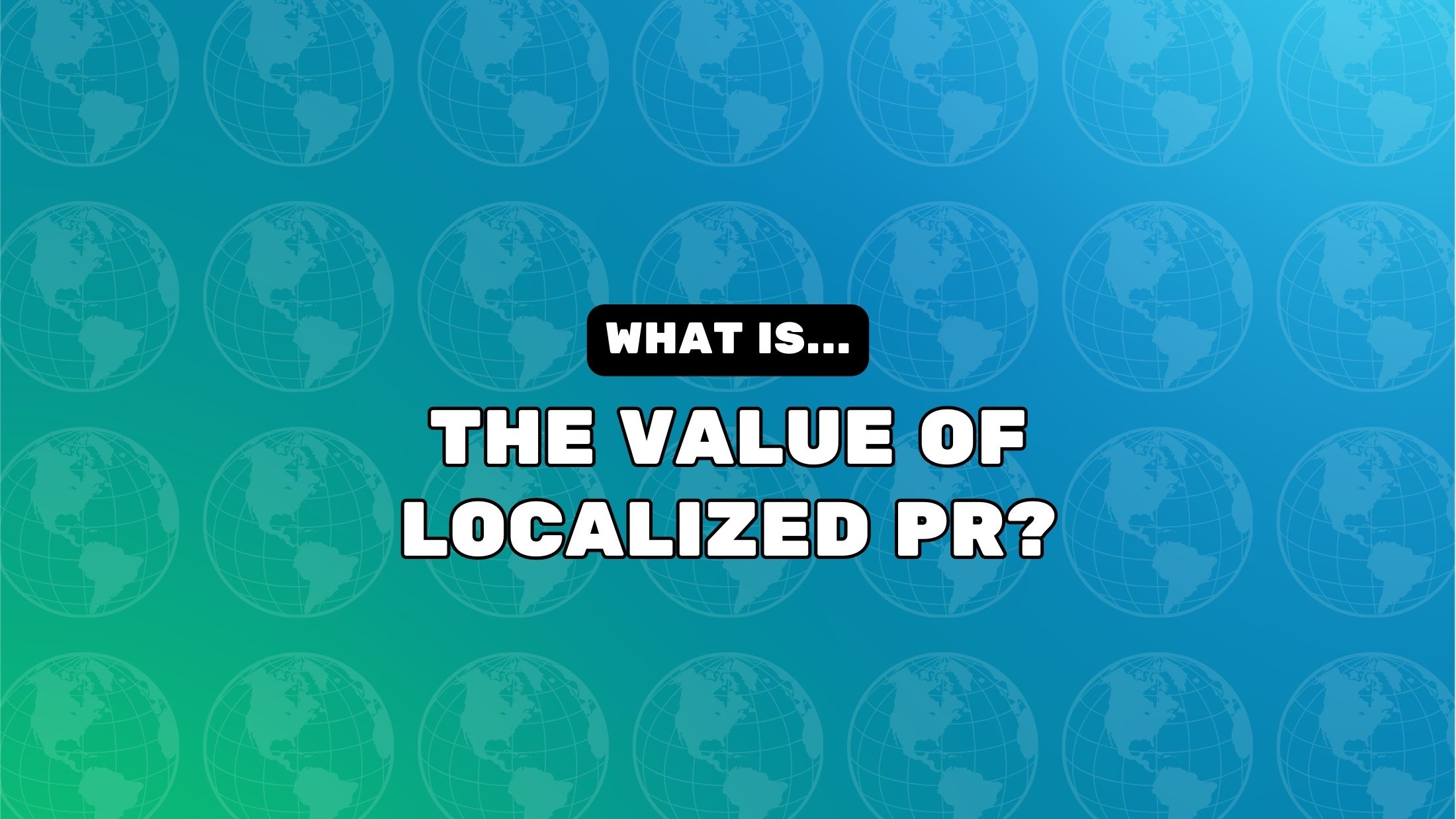
























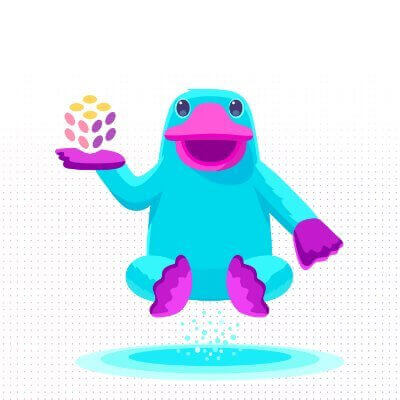

![Senior Support Engineer - US West [IC3] at Sourcegraph](
https://nodesk.co/remote-companies/assets/logos/sourcegraph.f91af2c37bfa65f4a3a16b8d500367636e2a0fa3f05dcdeb13bf95cf6de09046.png
)


















